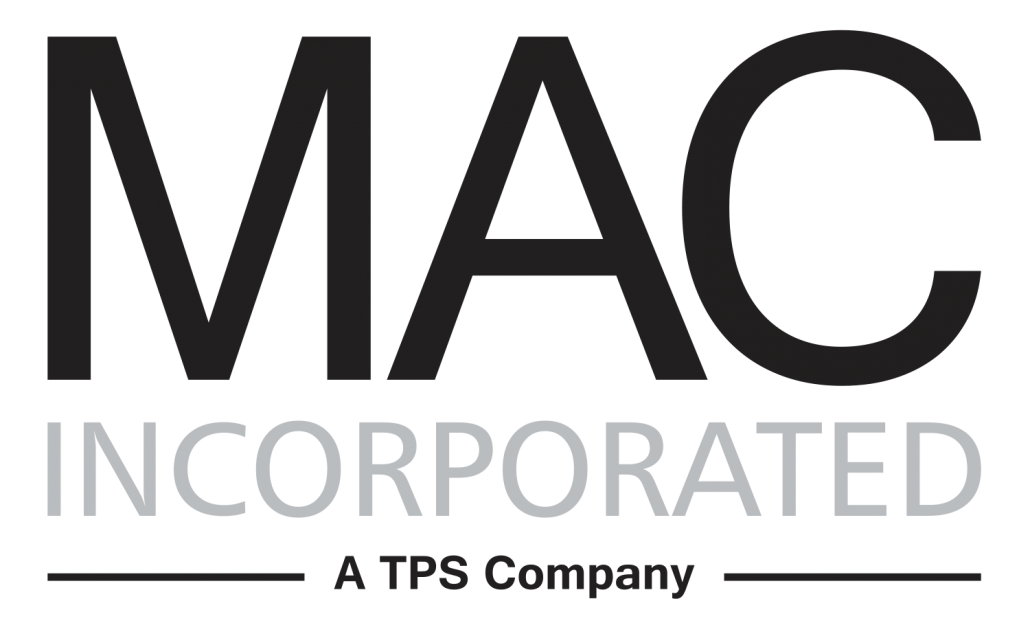The Importance of Portable Fire Extinguishers in the Workplace
As much as we like to think it won’t ever happen at our office, there are approximately 6,000 office fires in the United States each year. Fire Code requirements specify the size, number and location of fire extinguishers that must be within your facility. These requirements help establish a protection level appropriate for your office. The Occupational Health and Safety Administration also has standards that must be followed regarding fire extinguishers. Below we’ll highlight the general requirements, selection, and education standards surrounding fire extinguishers.
Requirements.
In addition to a fire prevention plan that meets the requirements of 29 CFR 1910.38 and 29 CFR 1910.39, all organizations should meet the requirements of the Portable Fire Extinguishers section of the OSHA that apply to the placement, use, maintenance, and testing of fire extinguishers provided for the use of employees.
The employer shall provide portable fire extinguishers and shall mount, locate and identify them so that they are readily accessible to employees without subjecting the employees to possible injury. These fire extinguishers should not use carbon tetrachloride or chlorobromomethane extinguishing agents. The extinguishers must be kept in their designated places at all times except during use.
Selection.
It’s important that the right fire extinguishers for your organization be selected based on the types and sizes of workplace fires that you anticipate could happen. For example a welding company has a different chance and type of fire probabilities than a retail store. Under the OSHA fire hazards are broken into classes A, B, C and D. The required distribution for each is as follows:
Class A- The travel distance from employees to fire extinguishers should be 75 feet or less.
Class B- The travel distance from the Class B Hazard area to any extinguisher is 50 feet or less.
Class C- The employer shall distribute portable fire extinguishers used for Class C hazards on the basis of the appropriate pattern for the existing Class A or Class B hazards.
Class D- The employer shall distribute portable fire extinguishers or other containers of Class D extinguishing agent for use by employees so that the travel distance from the combustible metal working area to any extinguishing agent is 75 feet or less.
Inspection and maintenance.
The employer is responsible for maintenance and testing of all fire extinguishers in the workplace. All extinguishers should receive annual inspection with the exception of Class D extinguishers, which must be inspected monthly. The inspection dates must be recorded and available upon request.
Education.
The employer must provide an educational program to familiarize employees with the general principles of fire extinguisher use and the hazards involved. This should be done when an employee is initially employed and once a year thereafter.
At HYPERLINK “https://www.macttn.com/” MAC Incorporated we value safety and health in the workplace and continue to stay up to date with the latest OSHA standards. For more information on fire safety in the workplace visit HYPERLINK “http://www.osha.gov” osha.gov.

